Don Giovanni 101: Program Notes
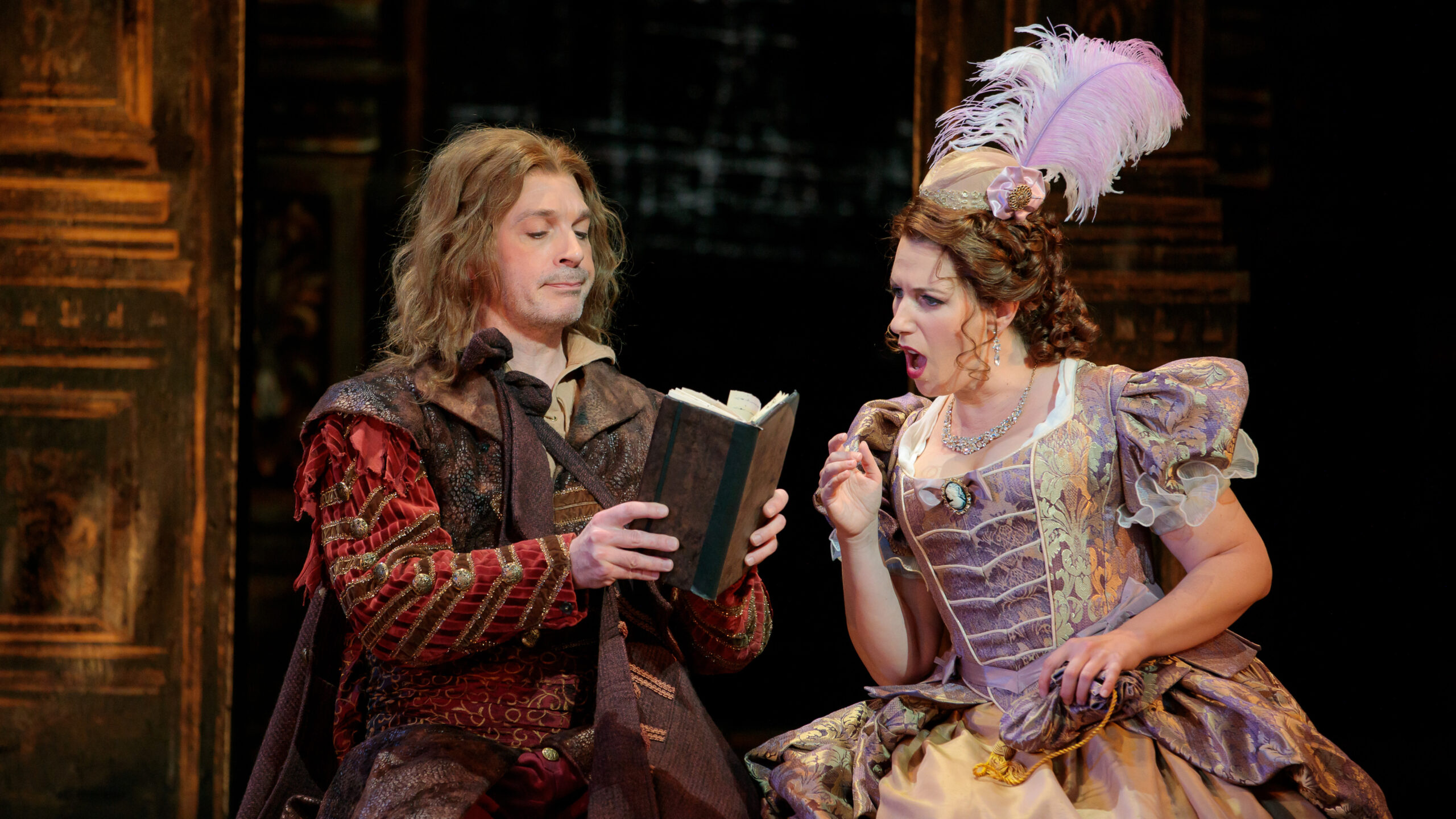
Where would opera be without those characters we love to hate? It’s a time-honored role, their detestable qualities neatly counterpointing the likable ones who are the other half of the equation. The womanizing Don Giovanni isn’t a good guy, but he drives the action of a compelling tale. Ultimately, he goes to hell. Writer E.T.A. Hoffmann called it “the opera of all operas,” and Wolfgang Amadeus Mozart’s work is certainly the most masterful treatment of the Don Juan story.
Experience Mozart’s masterpiece Don Giovanni on stage from November 4-12.>>
THE ORIGIN OF DON GIOVANNI
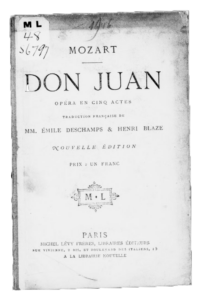
Provided by the Library of Congress
Mozart and his librettist, Lorenzo da Ponte, did not invent the idea of the great Spanish seducer. That honor seems to go to the Spanish playwright Tirso de Molina, who published a play on the subject in 1630. Molina himself may have been working from folk legends, but once he brought it to the stage, there was no ignoring it. Playwrights and composers alike made the most of its dramatic possibilities, including composer Christoph Willibald von Gluck (1714–1787). Gluck made the Don Juan tale into a hugely popular ballet containing all the essential story elements. Mozart’s letters reveal he’d seen it performed. Surely it was in his mind when he began crafting his own telling of the story!
How successful is Mozart’s version of the legendary libertine in his quests for seduction? The answer depends on the point of view. In an aria midway through act one, Giovanni’s servant Leporello reads from the little black book he has been keeping. It lists how many women Giovanni has seduced in each of several nations, 1,003 in Spain alone. However, none of this seduction occurs on stage. Rather, Giovanni is shown as singularly unsuccessful, provoking screams and defenders from his attempts. By the final scene, Giovanni dines alone and, in that manner, meets his fate.
Learn the full plot of Don Giovanni>>
MOZART’S CLEVER MUSIC
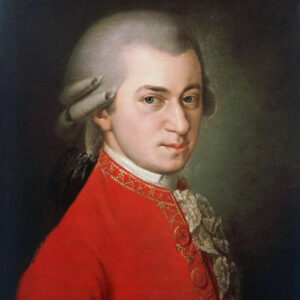
Provided by Classic FM
Other clever musical touches can be found in one of the most famous musical scenes. In act one, Giovanni attempts to seduce Zerlina, a new bride. “Come to my palace over there,” he declares, and she responds at first with wise caution. In their duet, Mozart mirrors the closeness of the character’s responses to Zerlina’s trust in Giovanni. They start out singing alternate verses, then their exchanges are quicker, one line at a time, until they are, eventually, singing in harmony. Fortunately for Zerlina, prompt intervention by another character saves her from his clutches.
For ferocious drama, one could hardly better the arrival of a vengeful ghost very late in the opera. The Commendatore (Commander) comes to demand repentance of the villain, and lacking that, is prepared to take Giovanni off to hell. The music by which he appears is some of the most formidable Mozart ever wrote, and, brilliantly, he hinted at it in the very beginning of the overture. Any listener accustomed to the grace and good cheer of Mozart’s usual style would have heard those grim opening chords and wondered what they were doing in a comic opera. Here, in this penultimate scene of the entire work, we find the answer; Mozart ties the opposite ends of his work together into a single unified fabric.
AUDIENCE REACTIONS
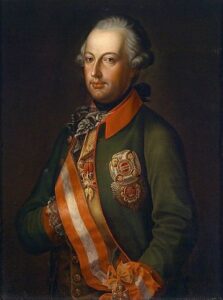
Provided by King’s College London
What did audiences make of this landmark piece? In Prague, the opera was strongly applauded, and its premiere on October 29, 1787 was a deeply satisfying success for Mozart. The imperial capital of Vienna reacted more coldly. Competition from other works kept Don Giovanni off the stage for much of the 1787-88 season, until Emperor Joseph II, always interested in hearing Mozart’s music even though he might not completely understand it, insisted it should be presented.
Due to being away at war, His Highness missed the opening on May 7, 1788, and only returned in December in time for the last of fifteen performances. “No music for my Viennese,” he supposedly remarked at the time. If the anecdote is true, it would have been an apt observation. The Viennese generally preferred their music on the lighter side, and Mozart rarely categorized his music as “light entertainment.”
A COMEDIC TRAGEDY
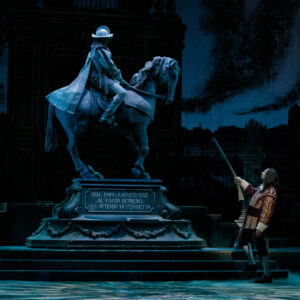
Source: Matt Staver/Opera Colorado
Mozart himself described Don Giovanni as a “drama giocoso,” that is, a comic drama. Our director David Lefkowich agrees: “It’s an elevated, elegant tragic comedy… It’s that fine balance that is my job to capture.” Laughter and tears, dark and light elements side by side: Don Giovanni satisfies both halves of those paired theatrical masks!
—
Program notes © Betsy Schwarm, author of the Classical Music Insights series.
Enjoy Don Giovanni on stage at the Ellie Caulkins Opera House for four performances only.>>



One Reply to “Don Giovanni 101: Program Notes”